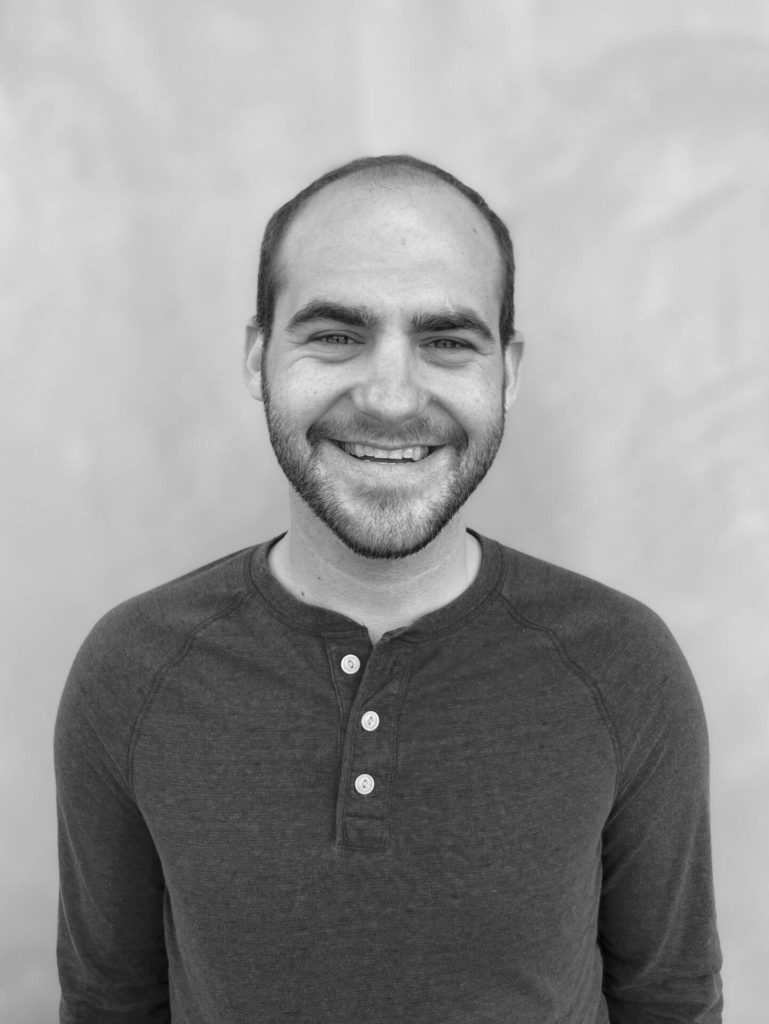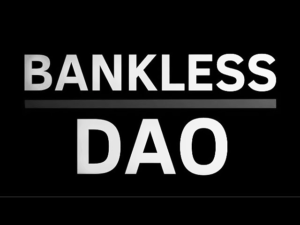17: Network Cities & Co-Living Environments // Jonathan Hillis

Background:
Jonathan Hillis is the co-founder of CabinDAO, an online and IRL community using blockchain technology to help creators make a living online. After spending his younger years building technology products in Silicon Valley, he relocated back to Austin, Texas amidst the pandemic. There, he built a container home on the property, which is considered as the first “node” in the CabinDAO network. Jon invited a group of people, along with his future CabinDAO co-founder, Zakk Fleischmann, to stay in the container home cabins. This is where they hatched the idea of CabinDAO.
The CabinDAO core community resides in Discord and reaches the public through Twitter – @CreatorCabins. The vision of CabinDAO is to build a decentralized city for creators. Cabin is an experiment in the future of cities: decentralized physical nodes tied together by a shared culture, economy, and governance structure.
Time-Stamped Show Notes:
- 2:04 Jon Cabin Hillis confirms that the buried treasure is real and everyone can check it out at BuriedTreasure.eth.
- 3:15 More explanation on Jon’s buried treasure chest.
- 4:06 A number of NFTs have been airdropped into the treasure chest, as well as tokens and coins.
- 5:22 If anyone is willing to buy a treasure hunter NFT and visit Jon, he’d gladly offer the first clue to find the buried treasure.
- 6:06 Some people already have the second clue and other treasure hunters have formed their own group.
- 6:51 Jon talks about the CabinDAO.
- 9:05 The goal of CabinDAO is to build a decentralized city.
- 12:39 Jon agrees with Eric regarding the definition of a network city. Jon also shows his Cabin passport, which can hold a variety of NFTs that represent visas and other network designations that allow access to different places.
- 14:14 CabinDAO has been very careful in using the term citizen for their members.
- 16:30 Currently, the CabinDAO discord has about 3,000 people and they have 300 token holders. Each week, they have 100 to 150 people joining CabinDAO.
- 18:46 Jon explains the CabinDAO voting structure.
- 19:37 Eric shares his amazing experience where he lived in the Rainbow Mansion for 9 months.
- 21:00 In terms of designing and building their co-living communities, they run several CabinDAO programs that any members can participate in.
- 24:08 After being burnt out from his job, Jon took a vacation and built a cabin in the woods with a group of independent online workers. This was the start of CabinDAO.
- 26:56 CabinDAO is just starting their node expansion process.
- 28:02 Some people see co-living communities as a step back instead of moving forward. This type of environment also takes away some of the people’s privacy. Eric and Jon discuss more about being in a co-living community.
- 31:44 When it comes to land governance, asset ownership, and land on-chain, Jon and CabinDAO are taking the approach that the DAO will not own physical land.
- 33:10 The biggest challenge for Jon today is the actual leveling of the land and making sure that the foundation is perfectly leveled for the cabins.
- 37:52 CabinDAO is a lifelong project for Jon. He also believes that it may take centuries for CabinDAO to reach its full fruition.
- 39:10 One of the lessons Jon learned in running CabinDAO is focusing on the people.
- 40:31 Jon provides information on where people can find out more about CabinDAO.
- 41:00 In a few weeks, Jon will have the chance to meet some of the CityDAO people in their DAO camp event.
Key Points from the Interview:
- “If you think about cities being built around the dominant technology of the era, for the past century that was cars, we want to build cities around the dominant technology of this century, which is the internet and blockchains. And we think how that works is that people will be connected through this mesh network online and through the DAO, but then they will actually live in physical locations that are spread out all over the world.”
- “Some of the most important contributions we can make are setting aside everything about the underlying technology of blockchain for a second and just thinking about how do we actually bring humans together.”
Resources Mentioned:
- LinkedIn: hillisjd
- Twitter: @JonathanHillis, @CreatorCabins
- Instagram: @CreatorCabins
- CabinDAO Discord
- CreatorCabins.com
- JonHillis.com



